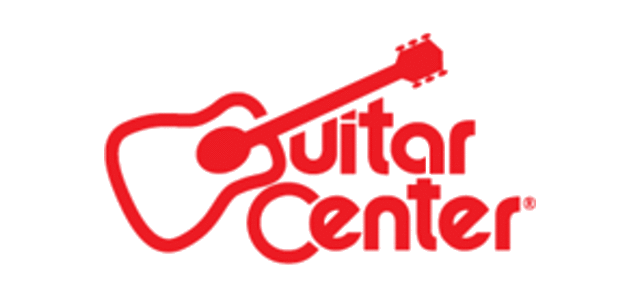
Editor’s Note: This editorial will be published, in slightly modified form, on page 6 of the September issue of The Music & Sound Retailer.
Want to grab the attention of someone who works in MI? Just say the words “Guitar Center.” Earlier this year, analyst Eric Garland sparked a month-long industry uproar when he published “an obituary for Guitar Center,” arguing that the retail giant was in the midst of a debt- and expansionism-caused collapse. People can (and have) offered a different analysis and, thus, disputed Garland’s conclusions, but one thing is clear: GC is front of mind for music products professionals, whether they are manufacturers, distributors, dealers or media members. The attention devoted to Guitar Center isn’t particularly surprising, either, given that, between its retail storefronts and its subsidiaries (particularly Music & Arts and Musician’s Friend), GC captures an enormous share of the music products market.
Earlier this month, my fellow editors and I flew to Westlake Village CA for Guitar Center’s third-annual Media Day, during which the retail chain’s top executives presented their vision for the future and answered our (sometimes-aggressive) questions. Darrell Webb, President and CEO, who took the reins about 10 months ago, pushed back hard when asked about the purported unsustainability of GC’s debt load, as did EVP and CFO Tim Martin. Saying that the retailer is moving back toward—but hasn’t yet achieved—its record Earnings Before Interest, Taxes, Depreciation and Amortization (EBITDA) in 2012 of nearly $200 million, Webb and Martin declared that Guitar Center will not need any further recapitalization, in the short or intermediate term, to keep current on its payments. Webb, in fact, analogized the situation to owning a home, which requires only that the homeowner make his or her payments on time.
In the October issue, I’ll provide additional details about what the other editors and I learned while visiting GC; for now, though, I cannot help but to express some concern about something unexpected I observed during my trip, which will undoubtedly affect indie dealers. While touring Guitar Center’s retail location in Westlake Village, I took note of the store’s extensive repair department, robust lessons program, healthy selection of used inventory and burgeoning backline-gear rental program. Indie stores already know how difficult it is to compete with GC on price and selection; a Guitar Center that’s focused on selling services—that particular location had nearly 200 students enrolled in lessons after the first weekend—is a scary thing against which to compete.
And here’s the thing: of Guitar Center’s 269 store locations, a surprisingly large percentage of them offer services…and, of particular importance here, that number is growing by the month. Rentals are offered in approximately 100 stores. The retail chain currently employs about 400 repair technicians and, last year, GC performed about 280,000 customer-owned-instrument repairs; that isn’t even counting repairs done on store-owned gear. Relative to lessons, the chain has enrolled 16,000 students and it boasts about 1,000 instructors, representing approximately 310,000 hours of lessons over the past year. Such a pronounced focus on selling services concerns me because, in the 10th annual Independent Retailer Roundtable, part one of which is featured in the September issue, our indie retailer panelists all emphasized that selling services—not only repairs, lessons and rentals, but also, for example, consignment—has become central to their viability.
During our executive briefing in Guitar Center’s boardroom, I asked the management team about GC’s pursuit of selling services when, according to many retailers, that category, taken as a whole, has become the principal area in which indies can compete and win. Webb and Michael Amkreutz, EVP, Merchandising, Marketing and Ecommerce, said that GC’s goal was not to harm independent stores but, rather, to meet their own customers’ robust demand for a full services offering. And, given the strength of the category across the brick-and-mortar landscape, I can believe it.
But make no mistake: a difficult competitive landscape might be about to get more challenging still.


